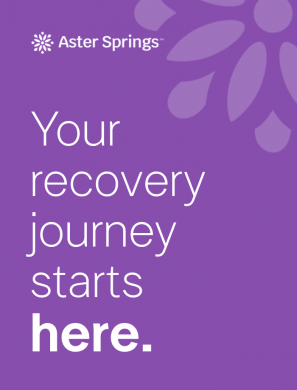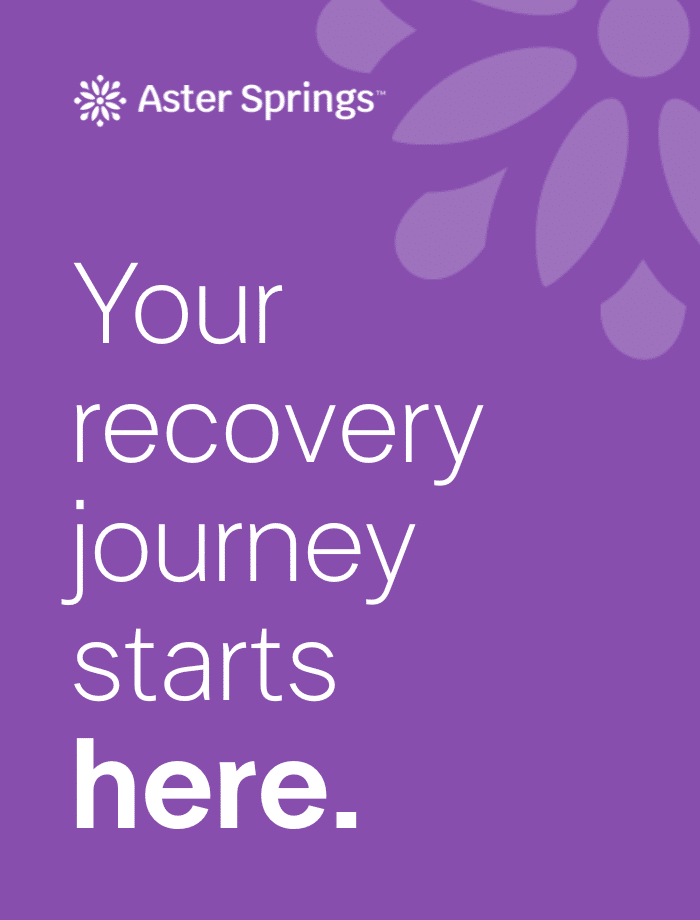When someone is struggling with anorexia, they can experience numerous physical distress signals. One of those signs of distress is low blood pressure, and it’s an indicator of just how deeply the disorder is impacting the body’s ability to function. Starvation, dehydration, and the ways our bodies adapt to sustained food restriction all play a major role in lowering blood pressure.
How Malnutrition Impacts Blood Pressure
When the body is starved, it shifts into survival mode. To conserve energy, it slows the heartbeat, lowers metabolism, and diverts resources to the most vital organs.
Hormones also adapt — active thyroid hormone (T3) falls and the autonomic nervous system favors “low-power” settings — so blood vessels don’t squeeze as quickly when you stand. All of this makes it harder to keep a steady, efficient blood supply, leading to low or unstable blood pressure.
Put simply, the extreme food restriction of anorexia directly impacts the function of the heart and blood vessels. The body’s ability to circulate blood reliably becomes a casualty of its efforts to survive, and it’s a clear sign that treatment is desperately needed.
Here’s a closer look at the changes the heart and blood vessels undergo when a body is experiencing starvation.
Less Blood to Pump
When you’re not getting enough food, salt, or fluids, your body loses water and sodium. That means there’s simply less blood in circulation. With less blood returning to the heart, each beat has less to push out, so blood pressure drops.
The dip is most noticeable when you stand up — gravity pulls blood toward your legs, and your vessels can’t tighten quickly enough — causing dizziness or fainting. This is called orthostatic hypotension. Gentle rehydration and gradual, supervised nutrition can help restore volume and stability.
A Weaker, Slower Pump
When your body doesn’t get enough nutrients, the heart adapts by conserving energy. The heart muscle can become smaller and less strong, so each beat pushes out less blood (reduced contractility). It often beats more slowly, too — a common energy-saving response called bradycardia.
Together, a weaker squeeze and a slower rate mean less blood pumped each minute (lower cardiac output), which can drop blood pressure and lead to dizziness, fatigue, or fainting — especially when standing. This is the body coping with scarcity, not a sign of fitness, and it can improve with safe nutrition and medical care.
Hormonal + Nervous System Shifts
When the body is starved, it enters a low-power mode to conserve energy. Levels of active thyroid hormone (T3) decrease, and insulin levels remain low. The autonomic nervous system leans toward “rest and conserve,” so the heart beats more slowly and blood vessels don’t tighten as quickly.
This lowers your blood pressure and weakens the body’s normal ‘stand-up’ reflex, which is why you may feel dizzy or faint when rising. It’s the body’s way of coping, but it comes at the cost of balance and everyday well-being.
Electrolyte Imbalance + Blood Vessel "Tightening"
When you’re low on electrolytes — minerals like potassium, magnesium, and sodium — and your body is short on energy, your blood vessels can’t tighten (constrict) as quickly as they should. That quick squeeze is what keeps blood pressure steady when you stand.
Without it, blood pressure can drop suddenly, leading to lightheadedness, “seeing stars,” or even fainting during position changes. Replenishing electrolytes and nourishing the body, under medical guidance, helps restore this stabilizing response.
What the Research Tells Us
Scientific research underlines a key point: anorexia affects the cardiovascular system in serious ways — even for individuals who don’t appear underweight.
1. Prevalence of medical instability. Many teens with restrictive eating disorders are medically at risk even if they don’t look underweight. A 2023 review found 29–42% of adolescents with typical or atypical anorexia needed hospital care for medical instability such as low blood pressure (Brennan, Illingworth, Cini, & Bhakta, 2023).
2. Hypotension and orthostatic symptoms. Orthostatic hypotension — characterized by a drop in systolic pressure >20 mmHg or diastolic >10 mmHg — has been repeatedly documented as a hallmark of anorexia severity, often accompanying dizziness, syncope (fainting), and weakness (Freeman et al., 2011).
3. Frequency of hypotension-related symptoms. Slow heart rate (bradycardia) and low blood pressure are common in anorexia. In one adolescent cohort, bradycardia was present in 55% of participants — highlighting how common it is for anorexia to negatively impact the cardiovascular system (Springall et al., 2023).
Why Low Blood Pressure in Anorexia Matters
Low blood pressure isn’t harmless.
When pressure is too low, the brain and other organs don’t get the blood they need, causing dizziness, blurred vision, fatigue, and fainting. Clinically, low blood pressure is often defined as below 90/60 mmHg (American Heart Association, 2024).
Standing up can be risky.
With orthostatic hypotension, the body struggles to adjust when you rise from lying or sitting. A meta-analysis showed 73% higher odds of falling among people with orthostatic drops, underscoring the safety concerns (Mol et al., 2019).
Serious complications can follow.
Low blood pressure often travels with other heart issues in anorexia — like rhythm disturbances — that can become life-threatening. In a recent study, individuals with anorexia had a dramatically higher risk of cardiac arrest (adjusted HR ≈ 34) compared with controls (Tseng et al., 2025).
You Deserve Care.
Anorexia is a silent thief — of time, energy, self-worth, and the health and function of your body. Low blood pressure is just one sign of what the disorder is demanding from you: less blood flow to the brain, dizzy spells, fainting, exhaustion — whether or not you realize it, whether or not you feel ill, and whether or not you’re visibly underweight or look “sick enough.”
The truth is this: as long as anorexia is in your life, it will never stop taking from you. Reaching out for care isn’t failure, it’s how you stop the theft, restore stability, and give yourself the chance to feel safe and whole again.
At Aster Springs, we offer specialized treatment for eating disorders and co-occurring conditions, including anorexia nervosa and atypical anorexia. With personalized therapy, clinical support, and a compassionate team by your side, healing is not only possible — it’s within your reach.
Contact us today to learn more about our treatment programs and take the first step toward a life free from the chains of disordered eating.
References
- American Heart Association (2024)
- Mol, et al. (2019). Orthostatic hypotension and falls in older adults: A systematic review and meta-analysis. Journal of the American Medical Directors Association, 20(5), 589–597.
- Brennan, et al. (2023). Medical instability in typical and atypical adolescent anorexia nervosa: A systematic review and meta-analysis. Journal of Eating Disorders, 11, 58.
- Freeman, et al. (2011). Consensus statement on the definition of orthostatic hypotension, neurally mediated syncope and the postural tachycardia syndrome. Autonomic Neuroscience: Basic & Clinical, 161(1–2), 46–48.
- Tseng, M.-C. M., et al. (2024). Incidence and risk of cardiovascular outcomes in patients with anorexia nervosa. JAMA Network Open, 7(12), e2451094.
- Springall, G. A. C., et al. (2023). Long-term cardiovascular consequences of adolescent anorexia nervosa. Pediatric Research, 94, 1457–1464.



